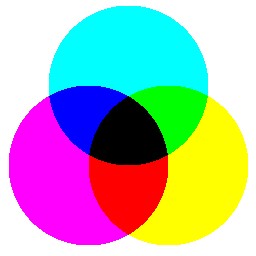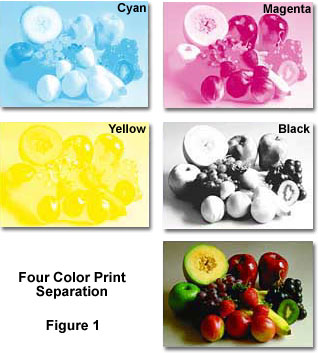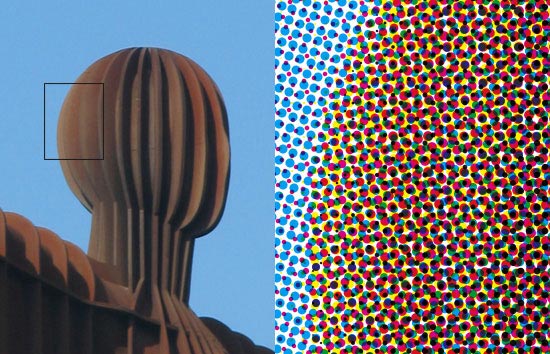- This topic has 17 replies, 10 voices, and was last updated 12 years ago by .
Viewing 18 posts - 1 through 18 (of 18 total)
-
How did the graphical printing process (pre digital-era) actually work?
-
Viewing 18 posts - 1 through 18 (of 18 total)
The topic ‘How did the graphical printing process (pre digital-era) actually work?’ is closed to new replies.




